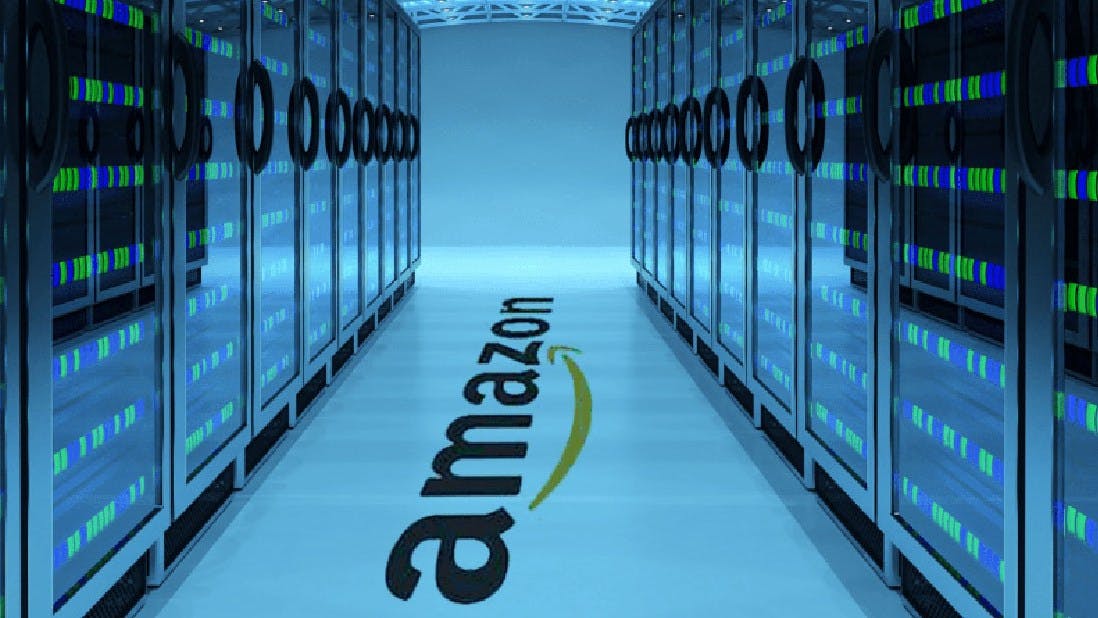Hello, my dear readers. It's been quite a while since you heard from me. I've been dedicating time to enhance my tech skills, and I'm thrilled to share this journey with you.
Currently, I'm studying Cloud Engineering at AltSchool. It's been challenging to keep these experiences to myself. I've been hesitant, with the fear that my knowledge might not be substantial enough to share with others. However, my journey at AltSchool has taught me that one doesn't need to be an expert in the early stages. It's alright to be a beginner and still impart the little knowledge one has to others.
We're encouraged to document our journeys, and that's why I've decided to share this now. I hope you find it enjoyable.
What is the Cloud?
Contrary to what most of us know/used to know seeing cloud as an abstract thing or where the rain falls from, "The cloud is a big buildings with a lot of computers in them" - the big buildings are referred to as datacenters**.** Hence, “The cloud” can be defined as a network of servers that are accessed over the internet and the software and databases that run on those servers. Cloud servers are located in datacenters all over the world. For instance, think of cloud services like Google Drive, where users can store and access files remotely over the internet. These files are not physically stored on the user's device but rather on servers in datacenters, allowing access from any location with internet connectivity. Similarly, services like Netflix or Spotify utilize cloud servers to stream movies, TV shows, or music to users' devices, making content accessible without needing to download it locally. This flexibility is a fundamental aspect of cloud computing.

What is Cloud Computing?
Cloud computing in a simple language refers to the delivery of computing services – including servers, storage, databases, networking, software, and more – over the internet ("the cloud"). Here's an overview for newcomers.
Types of Cloud Computing:
Deployment Models
Public Cloud: Off-site services are shared by numerous users via the internet. Whether it's IaaS, PaaS, or SaaS, users can access a vast pool of computing capacity via the internet in the public cloud, which is the traditional cloud computing concept. The capacity to quickly scale a service is one of the major advantages here. Microsoft Azure, Google Cloud, and AWS are well-known providers.
Private Cloud: Resources within a private cloud are dedicated to a singular organization, providing enhanced control and privacy. This deployment model is commonly adopted by sizable enterprises or sectors with stringent compliance requirements. In contrast to public cloud services, a private cloud allows organizations to enjoy some of the same benefits without the apprehension of losing control over their data and services. This is achievable because the private cloud is secluded behind the corporate firewall. Organizations can precisely dictate the location of their data and construct the infrastructure according to their preferences. This setup is particularly advantageous for Infrastructure as a Service (IaaS) or Platform as a Service (PaaS) projects, empowering developers with secure access to a scalable pool of computing power as needed.
Hybrid Cloud: A mix of public and private cloud environments, allowing data and applications to be shared between them.
Community Cloud: Community clouds are collaboratively used by organizations that share common interests or requirements, like specific industry regulations or security standards. This collective usage aids in distributing costs among community members for infrastructure and resources.
Cloud Service Models
Infrastructure as a Service (IaaS): Through the internet, virtualized computing resources are made available. It provides basic computing infrastructure on a pay-as-you-go basis, including virtual machines, storage, and networking. For developers who want to create and test applications without having to invest in physical equipment, equipment as a Service (IaaS) is a significant resource.
Platform as a Service (PaaS): With the help of PaaS, users may create, execute, and maintain applications without having to worry about the supporting infrastructure. Development tools, middleware, databases, and other things are usually included. Because PaaS offers an already-built platform, developers can concentrate on building code and launching apps, which makes it the perfect choice for them. Additionally, by facilitating CI/CD pipelines, automated software development procedures are made possible.
Software as a Service (SaaS): Software as a Service (SaaS) is provided online, usually by subscription. Users do not need to install or maintain the software locally in order to access it using a web browser. Common examples of Software as a Service (SaaS) applications are email, office suites, project management tools, and customer relationship management (CRM) software. cloud-based collaboration solutions that let people collaborate in real time, no matter where they are in the world.
Conclusion
In conclusion, Cloud computing for the sake of its affordability, scalability, and flexibility, it has established itself as a mainstay of contemporary IT architecture. The cloud will continue to be essential in forming the digital landscape as technology advances. Adopting cloud technologies can benefit people and companies in many ways.
CTA
Are you looking to dive deeper into the fascinating world of Deployment Models of the type of Cloud Computing? Discover a wealth of additional insights and expert perspectives on this subject by exploring our recommended resource at https://spacelift.io/blog/cloud-deployment-models. Uncover new dimensions, expert opinions, and valuable knowledge that complement what we've covered in our blog post. As a business owner, this helps enhance and elevate your understanding of the best one for your business based on your requirements. Don't miss out on this opportunity to gain even more valuable insights – let's embark on this enlightening journey together!
See you another time...

